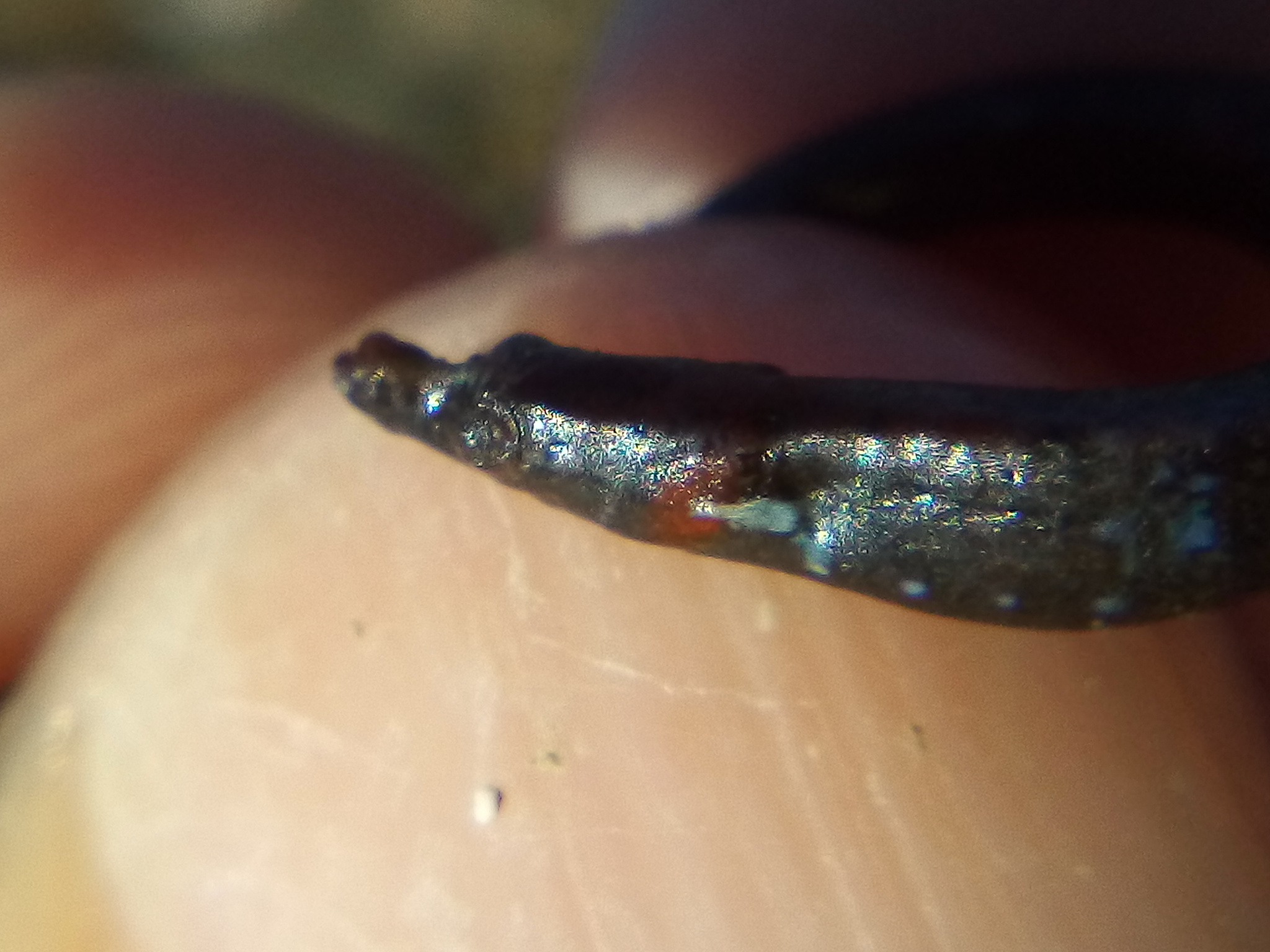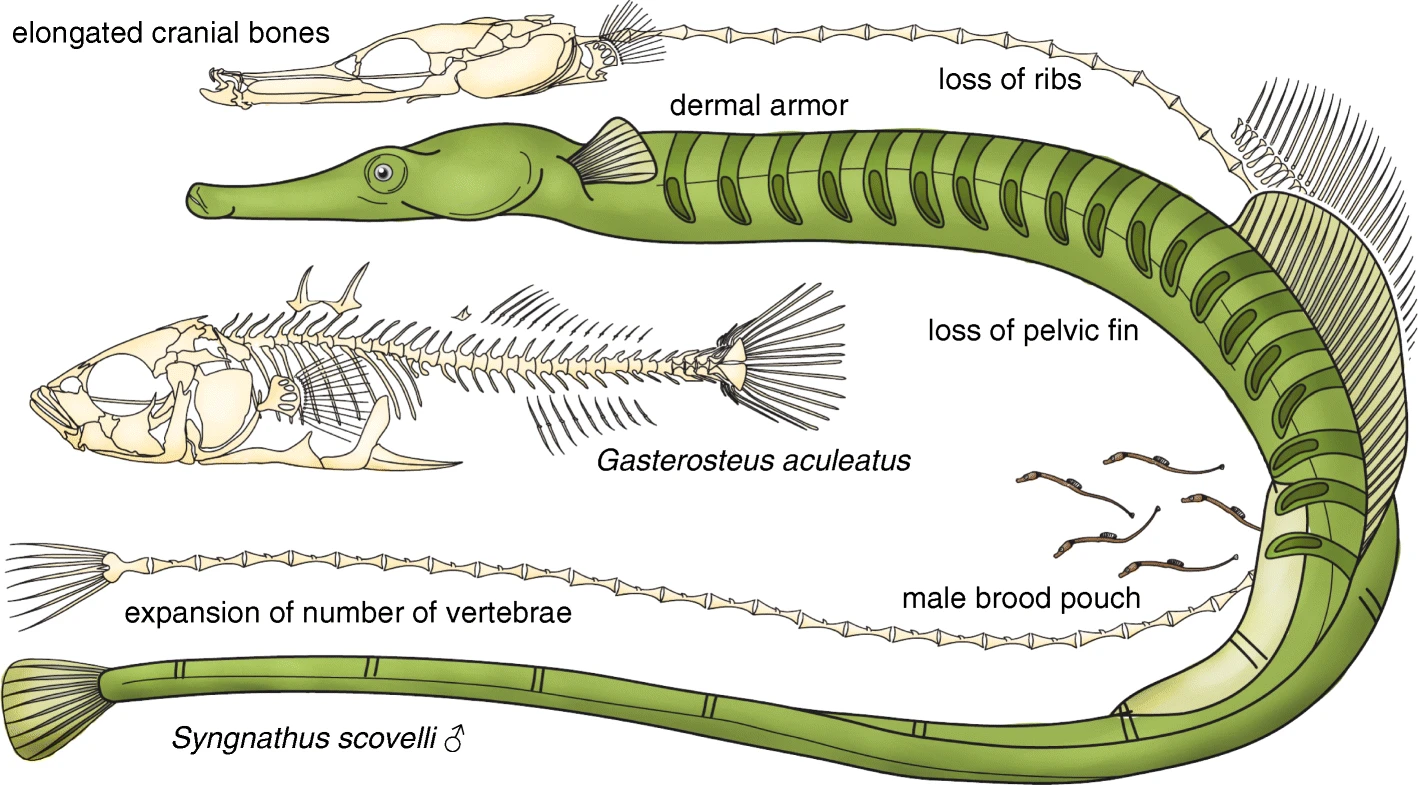|
Lissocampus
''Lissocampus'' is a genus of pipefishes mostly native to the Indian Ocean. One species ''(L. bannwarthi)'' is only known to occur in the Gulf of Aqaba and the Gulf of Suez and one species ''(L. filum)'' occurs in the Pacific Ocean around New Zealand and the Chatham Islands. The remaining species are endemic to Australia. Species The currently recognized species in this genus are: * '' Lissocampus bannwarthi'' ( Duncker, 1915) * '' Lissocampus caudalis'' Waite & Hale Hale may refer to: Places Australia *Hale, Northern Territory, a locality *Hale River, in southeastern Northern Territory Canada *Hale, Ontario, in Algoma District United Kingdom * Hale, Cumbria, a hamlet near Beetham, Cumbria *Hale, Greater Man ..., 1921 (smooth pipefish) * '' Lissocampus fatiloquus'' ( Whitley, 1943) (prophet's pipefish) * '' Lissocampus filum'' ( Günther, 1870) (shortsnout pipefish) * '' Lissocampus runa'' (Whitley, 1931) (javelin pipefish) References Syngnathidae Marine fish genera ... [...More Info...] [...Related Items...] OR: [Wikipedia] [Google] [Baidu] |
Lissocampus Filum
''Lissocampus filum'', also known as the shortsnout pipefish, is a species of marine fish belonging to the family Syngnathidae. This species can be found in Tide pool, tidepools, algae beds, and Estuary, estuaries in the coastal region surrounding New Zealand and the Chatham Islands. Its diet is thought to consist of small crustaceans such as copepods. The yellow-eyed penguin (''Megadyptes antipodes'') has been recorded as a predator of ''Lissocampus filum''. Reproduction occurs through ovoviviparity in which the males brood eggs before giving live birth. References External links ''Lissocampus filum'' at FishBase {{authority control Syngnathidae Fish described in 1870 ... [...More Info...] [...Related Items...] OR: [Wikipedia] [Google] [Baidu] |
Lissocampus Runa
''Lissocampus runa'', also known as the javelin pipefish is a species of marine fish belonging to the family Syngnathidae. This species can be found in algae beds, rocky reefs, tidepools, and estuaries along the coast of southern Australia from Broken Head Nature Reserve in New South Wales to Rottnest Island, Western Australia. Their diet is thought to consist of small crustaceans such as copepods. Reproduction occurs through ovoviviparity Ovoviviparity, ovovivipary, ovivipary, or aplacental viviparity is a term used as a "bridging" form of reproduction between egg-laying oviparous and live-bearing viviparous reproduction. Ovoviviparous animals possess embryos that develop insi ... in which the males brood eggs before giving live birth. References External links ''Lissocampus runa''at Fishbase ''Lissocampus runa''at Fishes of Australia {{Taxonbar, from=Q2701267 Syngnathidae Fish described in 1931 ... [...More Info...] [...Related Items...] OR: [Wikipedia] [Google] [Baidu] |
Lissocampus Fatiloquus
''Lissocampus fatiloquus'', also known as prophet's pipefish is a species of marine fish belonging to the family Syngnathidae. The species has been noted in a variety of habitats including sargassum, seagrass beds and sandy substrates along the coast of Western Australia from Shark Bay to Rottnest Island. Their diet is thought to consist of small crustaceans such as copepods. Reproduction occurs through ovoviviparity Ovoviviparity, ovovivipary, ovivipary, or aplacental viviparity is a term used as a "bridging" form of reproduction between egg-laying oviparous and live-bearing viviparous reproduction. Ovoviviparous animals possess embryos that develop insi ... in which the males brood eggs before giving live birth. References External links ''Lissocampus fatiloquus''at Fishbase ''Lissocampus fatiloquus''at Fishes of Australia {{Taxonbar, from=Q2389394 Syngnathidae Fish described in 1943 ... [...More Info...] [...Related Items...] OR: [Wikipedia] [Google] [Baidu] |
Lissocampus Bannwarthi
''Lissocampus bannwarthi'' is a species of marine pipefish belonging to the family Syngnathidae. They are found in the coastal waters of the northern Red Sea in sandy substrates from depths of 0 to 3 meters.Dawson, C.E. 1985. Indo-Pacific Pipefishes (Red Sea to the Americas). The Gulf Coast Research Laboratory Ocean Springs, Mississippi, USA. Their primary food source likely consists of small crustaceans and amphipods. Reproduction occurs through ovoviviparity Ovoviviparity, ovovivipary, ovivipary, or aplacental viviparity is a term used as a "bridging" form of reproduction between egg-laying oviparous and live-bearing viviparous reproduction. Ovoviviparous animals possess embryos that develop insi ..., in which the males carry eggs in a brood pouch underneath their tail before giving birth to live offspring.Breder, C.M. and Rosen, D.E. 1966. Modes of reproduction in fishes. T.F.H. Publications, Neptune City, New Jersey. References External links''Lissocampus bannwart ... [...More Info...] [...Related Items...] OR: [Wikipedia] [Google] [Baidu] |
Lissocampus Caudalis
''Lissocampus caudalis'', also called the Australian smooth pipefish or the smooth pipefish, is a species of marine fish belonging to the family Sygnathidae. They are found in coastal seagrass beds, rock pools, and rocky subtidal habitats along the southern coast of Australia from Northern Tasmania to Perth.Dawson, C. E. 1977. Review of the Indo-Pacific pipefish genus ''Lissocampus''(Syngnathidae). ''Proceedings of the Biological Society of Washington'' 89: 599-620.Dawson, C.E. 1985. ''Indo-Pacific Pipefishes (Red Sea to the Americas)''. The Gulf Coast Research Laboratory Ocean Springs, Mississippi, USA.Kuiter, R.H. 2000a. ''Seahorses, Pipefishes and their Relatives. A Comprehensive Guide to Syngnathiformes.'' TMC Publishing, Chorleywood, UK.Kendrick, A.J. and Hyndes, G.A. 2003. Patterns in the abundance and size-distribution of syngnathid fishes among habitats in a seagrass-dominated marine environment. ''Estuarine, Coastal and Shelf Science'' 56: 1–10. Their diet consists mos ... [...More Info...] [...Related Items...] OR: [Wikipedia] [Google] [Baidu] |
Syngnathidae
The Syngnathidae is a family of fish which includes seahorses, pipefishes, and seadragons ('' Phycodurus'' and '' Phyllopteryx''). The name is derived from grc, σύν (), meaning "together", and (), meaning "jaw". The fused jaw is one of the traits that the entire family have in common. Description and biology Syngnathids are found in temperate and tropical seas across the world. Most species inhabit shallow, coastal waters, but a few are known from the open ocean, especially in association with sargassum mats. They are characterised by their elongated snouts, fused jaws, the absence of pelvic fins, and by thick plates of bony armour covering their bodies. The armour gives them a rigid body, so they swim by rapidly fanning their fins. As a result, they are relatively slow compared with other fish but are able to control their movements with great precision, including hovering in place for extended periods. Uniquely, after syngnathid females lay their eggs, the male then f ... [...More Info...] [...Related Items...] OR: [Wikipedia] [Google] [Baidu] |
Pipefish
Pipefishes or pipe-fishes (Syngnathinae) are a subfamily of small fishes, which, together with the seahorses and seadragons ('' Phycodurus'' and '' Phyllopteryx''), form the family Syngnathidae. Description Pipefish look like straight-bodied seahorses with tiny mouths. The name is derived from the peculiar form of the snout, which is like a long tube, ending in a narrow and small mouth which opens upwards and is toothless. The body and tail are long, thin, and snake-like. They each have a highly modified skeleton formed into armored plating. This dermal skeleton has several longitudinal ridges, so a vertical section through the body looks angular, not round or oval as in the majority of other fishes. A dorsal fin is always present, and is the principal (in some species, the only) organ of locomotion. The ventral fins are consistently absent, and the other fins may or may not be developed. The gill openings are extremely small and placed near the upper posterior angle of the gi ... [...More Info...] [...Related Items...] OR: [Wikipedia] [Google] [Baidu] |
Edgar Ravenswood Waite
Edgar Ravenswood Waite (5 May 1866 – 19 January 1928) was a British/ Australian zoologist, ichthyologist, herpetologist, and ornithologist. Waite was born in Leeds, Yorkshire, England, the second son of John Waite, a bank clerk, and his wife Jane, ''née'' Vause. Waite was educated at Leeds Parish Church Middle Class School and at the Victoria University of Manchester. In 1888 he was appointed sub-curator of the Leeds Museum and three years later was made curator. On 7 April 1892 Waite married Rose Edith Green at St. Matthew's parish church, Leeds. In 1893 Waite became zoologist at the Australian Museum, Sydney, he was the Fish Curator there from 1893 to 1906. Waite accompanied Charles Hedley of the Australian Museum on the 1896 ''Funafuti Coral Reef Boring Expedition of the Royal Society'' under Professor William Sollas and Professor Edgeworth David. Following the expedition to Funafuti in the Ellice Islands (now known as Tuvalu) Waite published an account of ''The mamma ... [...More Info...] [...Related Items...] OR: [Wikipedia] [Google] [Baidu] |
Australia
Australia, officially the Commonwealth of Australia, is a sovereign ''Sovereign'' is a title which can be applied to the highest leader in various categories. The word is borrowed from Old French , which is ultimately derived from the Latin , meaning 'above'. The roles of a sovereign vary from monarch, ruler or ... country comprising the mainland of the Australian continent, the island of Tasmania, and numerous smaller islands. With an area of , Australia is the largest country by area in Oceania and the world's sixth-largest country. Australia is the oldest, flattest, and driest inhabited continent, with the least fertile soils. It is a megadiverse country, and its size gives it a wide variety of landscapes and climates, with deserts in the centre, tropical Forests of Australia, rainforests in the north-east, and List of mountains in Australia, mountain ranges in the south-east. The ancestors of Aboriginal Australians began arriving from south east Asia approx ... [...More Info...] [...Related Items...] OR: [Wikipedia] [Google] [Baidu] |
Albert Günther
Albert Karl Ludwig Gotthilf Günther Fellow of the Royal Society, FRS, also Albert Charles Lewis Gotthilf Günther (3 October 1830 – 1 February 1914), was a German-born British zoologist, ichthyologist, and herpetologist. Günther is ranked the second-most productive reptile taxonomist (after George Albert Boulenger) with more than 340 reptile species described. Early life and career Günther was born in Esslingen am Neckar, Esslingen in Swabia (Württemberg). His father was a ''Stiftungs-Commissar'' in Esslingen and his mother was Eleonora Nagel. He initially schooled at the Stuttgart Gymnasium. His family wished him to train for the ministry of the Lutheran Church for which he moved to the University of Tübingen. A brother shifted from theology to medicine, and he, too, turned to science and medicine at Tübingen in 1852. His first work was "''Ueber den Puppenzustand eines Distoma''". He graduated in medicine with an M.D. from Tübingen in 1858, the same year in which he pub ... [...More Info...] [...Related Items...] OR: [Wikipedia] [Google] [Baidu] |
Paul Georg Egmont Duncker
Paul Georg Egmont Duncker (6 May 1870, Hamburg – 28 July 1953, Ahrensburg) was a German ichthyologist. Biography He studied at the universities of Kiel, Freiburg, and Berlin, receiving his doctorate at Kiel in 1895. Following graduation he lived and worked in Karlsruhe, Plymouth, Naples, Cold Spring Harbour (Long Island N.Y.), and Würzburg. From 1901 he worked as a curator for a year at the Selangor State Museum in Kuala Lumpur, afterwards returning to Europe, where he spent another year in Naples.Duncker, (Paul) Georg (Egmont) Nationaal Herbarium Nederland He was a member of the Hamburg ''Südsee-Expedition'' (1908-10) during its first year in , of which, he collected specimens ... [...More Info...] [...Related Items...] OR: [Wikipedia] [Google] [Baidu] |
Endemism
Endemism is the state of a species being found in a single defined geographic location, such as an island, state, nation, country or other defined zone; organisms that are indigenous to a place are not endemic to it if they are also found elsewhere. For example, the Cape sugarbird is found exclusively in southwestern South Africa and is therefore said to be ''endemic'' to that particular part of the world. An endemic species can be also be referred to as an ''endemism'' or in scientific literature as an ''endemite''. For example ''Cytisus aeolicus'' is an endemite of the Italian flora. ''Adzharia renschi'' was once believed to be an endemite of the Caucasus, but it was later discovered to be a non-indigenous species from South America belonging to a different genus. The extreme opposite of an endemic species is one with a cosmopolitan distribution, having a global or widespread range. A rare alternative term for a species that is endemic is "precinctive", which applies t ... [...More Info...] [...Related Items...] OR: [Wikipedia] [Google] [Baidu] |



.jpg)